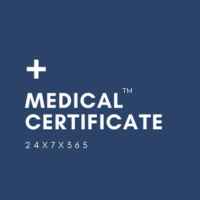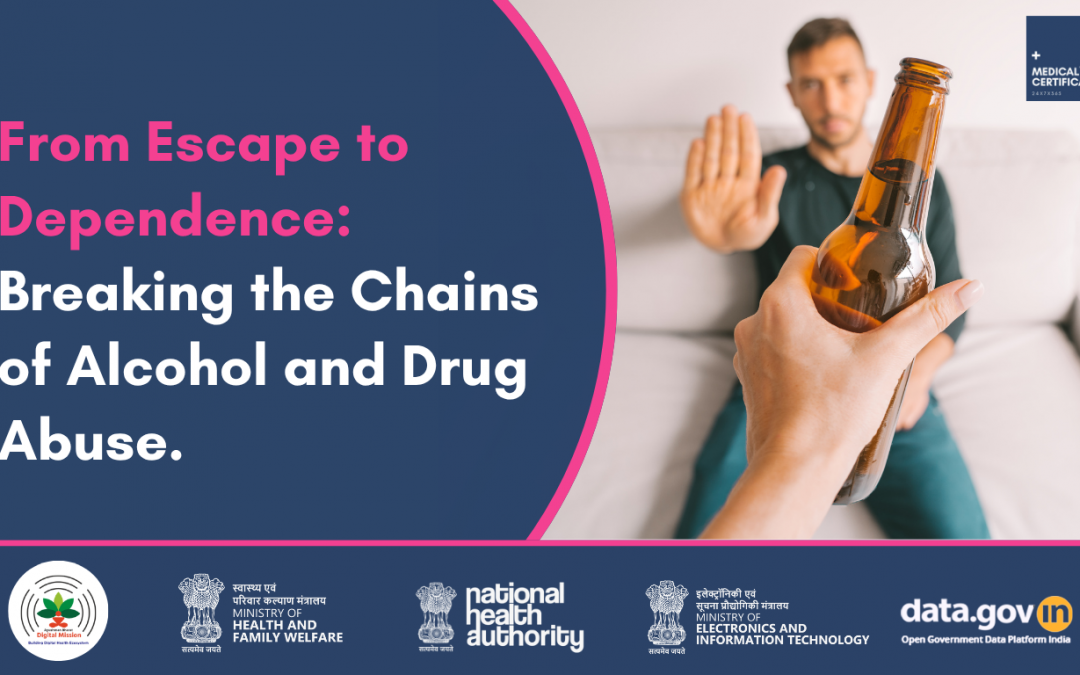“I started drinking to relax after work.”
“I thought I was in control.”
“How can prescription drugs be harmful if they were given by my doctor?”
These aren’t just stories from the fringes of society. They’re the silent struggles of friends, colleagues, and even family members—people living in plain sight. What begins as a coping mechanism for modern-day stress can quietly evolve into substance dependence, and it’s happening far more often than we think.
In today’s fast-paced world, substance abuse isn’t just about illegal drugs. It includes alcohol, prescription medications, and even over-the-counter painkillers that seem harmless at first. This hidden crisis is slowly escalating, and the time to talk about it is now.
Alcoholism: The Legal Addiction We Often Ignore
Alcohol is deeply woven into social settings, celebrations, and daily stress relief. In India alone, one in five men consumes alcohol regularly, and the numbers are rising among women and young adults, according to the NFHS-5 survey.
While moderate drinking may not raise concerns, many people don’t realize when casual use turns into alcohol use disorder (AUD). Cravings, increasing tolerance, risky behaviors like drunk driving, and health problems such as liver disease or depression are key warning signs. Long-term alcohol consumption is also linked to cancers, cardiovascular diseases, and mental health issues.
The most dangerous part? Many individuals don’t notice the tipping point until it’s too late.
Prescription Drugs: When Pain Relief Becomes a Risk
Unlike illicit drugs, prescription medications often carry a false sense of safety. Drugs like Tramadol, Morphine, and Codeine are commonly prescribed for chronic pain, post-surgery recovery, or cancer care. But when misused or consumed long-term, they can lead to addiction.
India has witnessed a dramatic rise in the misuse of painkillers. According to a 2020 AIIMS report, there has been a threefold increase in the abuse of non-prescription opioids over the last decade. In 2022, over 75,000 people in the U.S. alone died from opioid overdose, reflecting the global urgency of the crisis.
What often starts as treatment for physical pain can spiral into dependency—especially when these drugs are used to cope with stress, anxiety, or insomnia.
Why Substance Abuse Is Becoming So Common
Substance use disorders don’t arise from weakness or lack of discipline. They are complex medical conditions influenced by brain chemistry, trauma, mental health disorders, and social environments.
Many individuals—especially young professionals—turn to alcohol or medication not for pleasure, but to sleep, function, or survive the pressures of daily life. Factors like chronic stress, high expectations at work, untreated trauma, peer pressure, and easy access to substances all contribute to rising addiction rates.
The Dangerous Mix: Alcohol and Painkillers
Mixing alcohol with prescription opioids or anti-anxiety medications like benzodiazepines can be deadly. These substances depress the central nervous system, slowing down breathing and brain function, which can lead to unconsciousness or death.
A 2022 survey published in BMJ Open found that nearly one in three people on opioids had consumed alcohol without medical advice, unaware of the severe risks involved.
The Impact Goes Beyond Physical Health
Substance abuse affects every corner of life—not just the body. Depression, anxiety, paranoia, and memory loss are common mental health consequences. Relationships suffer as trust erodes and emotional withdrawal or aggression sets in. Financial problems also follow, with addiction leading to poor decision-making, job loss, or legal troubles.
In India, alcohol-related health issues alone cost the healthcare system over ₹244 billion annually, according to the Public Health Foundation of India.
Breaking the Stigma Around Addiction
One of the biggest obstacles to recovery is stigma. Many people hide their struggles due to fear of judgment. They delay seeking help because they see addiction as a personal failure rather than a treatable medical condition.
Addiction is not a moral flaw—it is a brain disease. And like any other illness, it needs awareness, empathy, and professional care.
Recognizing the Warning Signs
It’s important to know when casual use becomes dangerous. Look out for:
- Needing larger doses of alcohol or medication to feel the same effect
- Hiding usage or becoming defensive when asked about it
- Physical withdrawal symptoms like shaking, sweating, or mood swings
- Neglecting responsibilities at home, work, or school
- Feeling unable to function without the substance
If you or someone you love shows these signs, it’s not too late to seek help.
Recovery Is Possible — And Help Is Available
Effective treatments for substance use disorders do exist. Psychotherapy, such as cognitive behavioral therapy (CBT), can help reframe unhealthy thoughts and behaviors. Medication-assisted treatments (MAT) can manage cravings and reduce the risk of relapse. Detox programs, rehabilitation centers, and support groups like Alcoholics Anonymous (AA) or Narcotics Anonymous (NA) offer structured recovery pathways.
Reaching out to a mental health professional is the first step toward healing.
Prevention: The Strongest Shield
Prevention is just as important as treatment. Schools, workplaces, and communities play a key role in early education and awareness. Open conversations about mental health, regular check-ins, and stress management strategies can protect individuals before substance use even begins.
Make it a habit to track medications, avoid unnecessary prescriptions, and educate loved ones about the risks of mixing substances. Creating safe, supportive environments can empower people to ask for help without fear.
A Future Without Shame
Addiction doesn’t discriminate. It touches students, working professionals, parents, and retirees alike. But if we replace judgment with empathy, silence with conversation, and fear with informed action—we can rewrite this story.
A healthier, more aware society begins when we stop turning away and start leaning in.
Help starts with listening. Healing begins with understanding.

